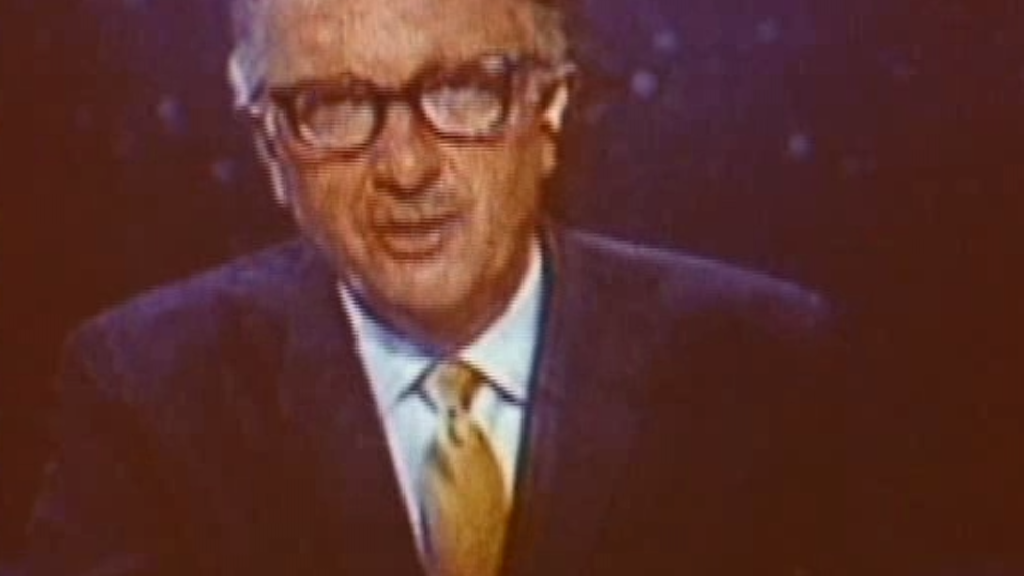Evolution of The Media
Since the beginning of the World War II, television gradually became familiar to the public. At the end of the war, it began to be manufactured in large-scale. In 1950s, there were only 9% of American home who owned a television, but this figure rose dramatically to 93% in 19661. In a survey conducted in 1964, 58% US respondents said that they “got most of their news” from television2. Television, therefore, became the most important source of news for American people during the Vietnam era.
Along with the rise of television, new record technologies such as video camera and audio recorder also arose. Journalists and reporters were now able to capture many more photographs and recorded video materials3. As a consequence, the government had to face a big challenge in censoring all the news media for the first time – the job they had done properly in the World War I and World War II by using strict policy4. With inadequate governmental controls, the media was now able to publish uncensored pictures and videos showing the brutality of the war in Vietnam and, thus, vastly influenced American public opinion in unprecedented proportions.
Early Years
At the beginning of the war, the press had little interest in Vietnam. Only a few reports were made and most of them just focused on the rise of communism in the country. However, at the end of 1960, the death of many civilians in a coup against President Diem started to change their views on Vietnam. Soon after that, the New York Times sent their first reporter to Saigon following by journalists from Reuters, Agency France Press, Times and so on.
During 1960 and 1964, the war started to come to many American living rooms and usually with bad news. On the media, the battle of Ap Bac was described as a debacle of the South Vietnamese Army. The Buddhist Crisis highlighted by the famous picture of Thich Quang Duc’s self-immolation portrayed Diem’s regime as a brutal and dictatorial regime. The media began to influence public opinion in a negative way, and that became a matter of concern to the US government.
As the war became more intense, the numbers of press corps in South Vietnam increased rapidly. From just 40 in 1964, the number jumped to 419 in August 1965. In order to deal with a large number of press corps, the US had to apply a more effective method to keep those correspondents in line. In 1964, the U.S. Mission and Military Assistance Command, Vietnam (MACV) decided to appoint an “information czar”, Barry Zorthian, to advise Gen. Westmoreland about information policy. From 1965 to 1967, Barry Zorthian, with his experience with the media, got thing done pretty well. In almost all the nightly news programs of major television networks, such as CBS and NBC, the war was labeled as a “good guys shooting Reds” story6. The US involvement in Vietnam was generally supported by the media.
However, the situation soon changed.
The Tet Offensive and After
In late January 1968, the Tet Offensive occurred and marked a major turning point in media’s coverage of the war. Even though the offensive was clearly a military failure for North Vietnam, the way the media reported told a contrary story. While focusing on a few unfavorable combat actions such as the Battle of Hue or the Viet Cong’s attack on the U.S. embassy, the media missed the winning story of the big picture7. As a result, the public misled by the media viewed the offensive as a triumph for the communists and quickly changed their opinions against the war.
After the Tet Offensive, media coverage of the war became predominantly negative. Images of both civilian and military casualties were increasingly televised8. The percentage of victory stories reported by journalists decreased from 62 before to 44 after the Tet9. Additionally, many iconic pictures of the war such as The Execution of a Vietcong Guerilla or The Napalm Girl exerted a negative and lasting influence on the public feeling. As the war became uglier on screen, its public support also declined significantly.
